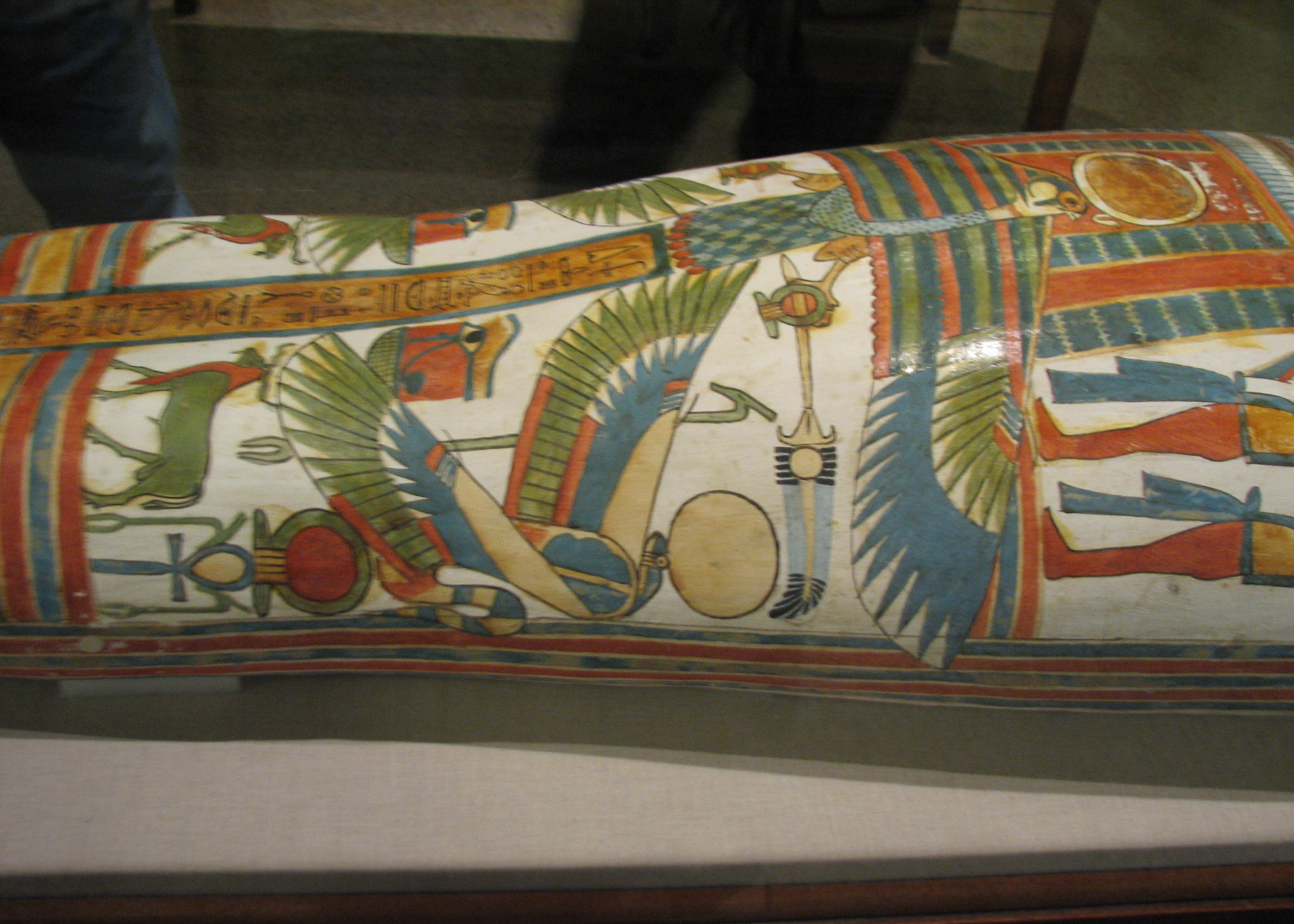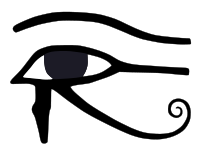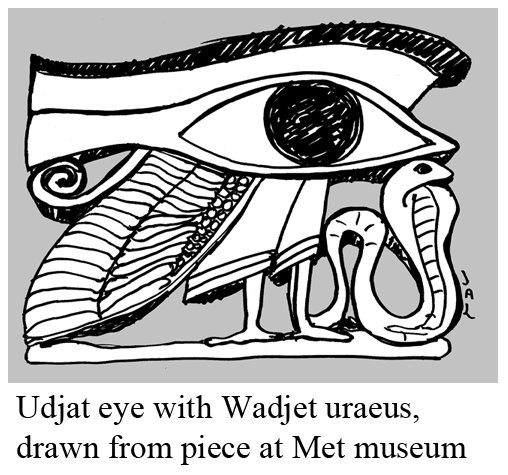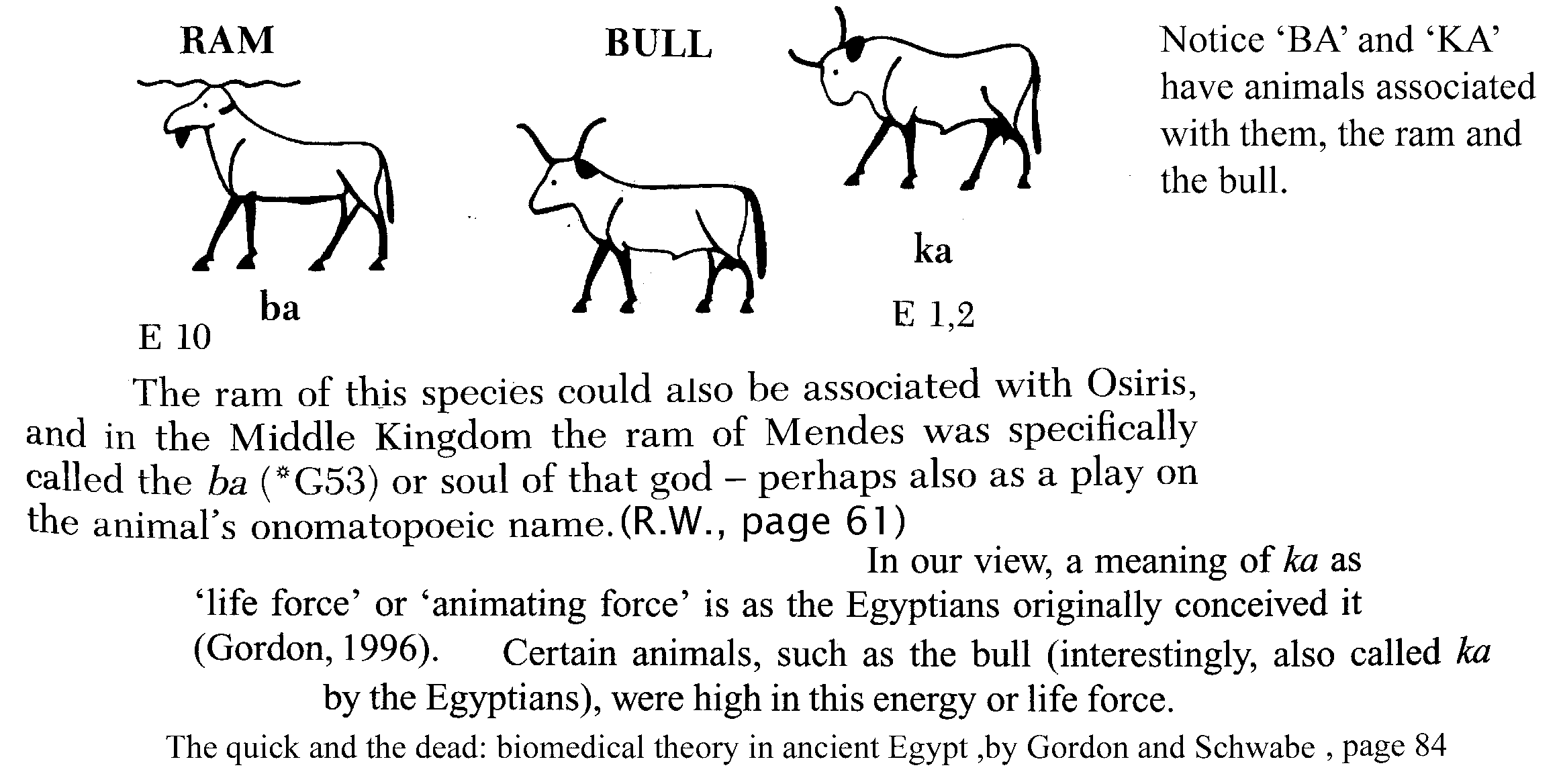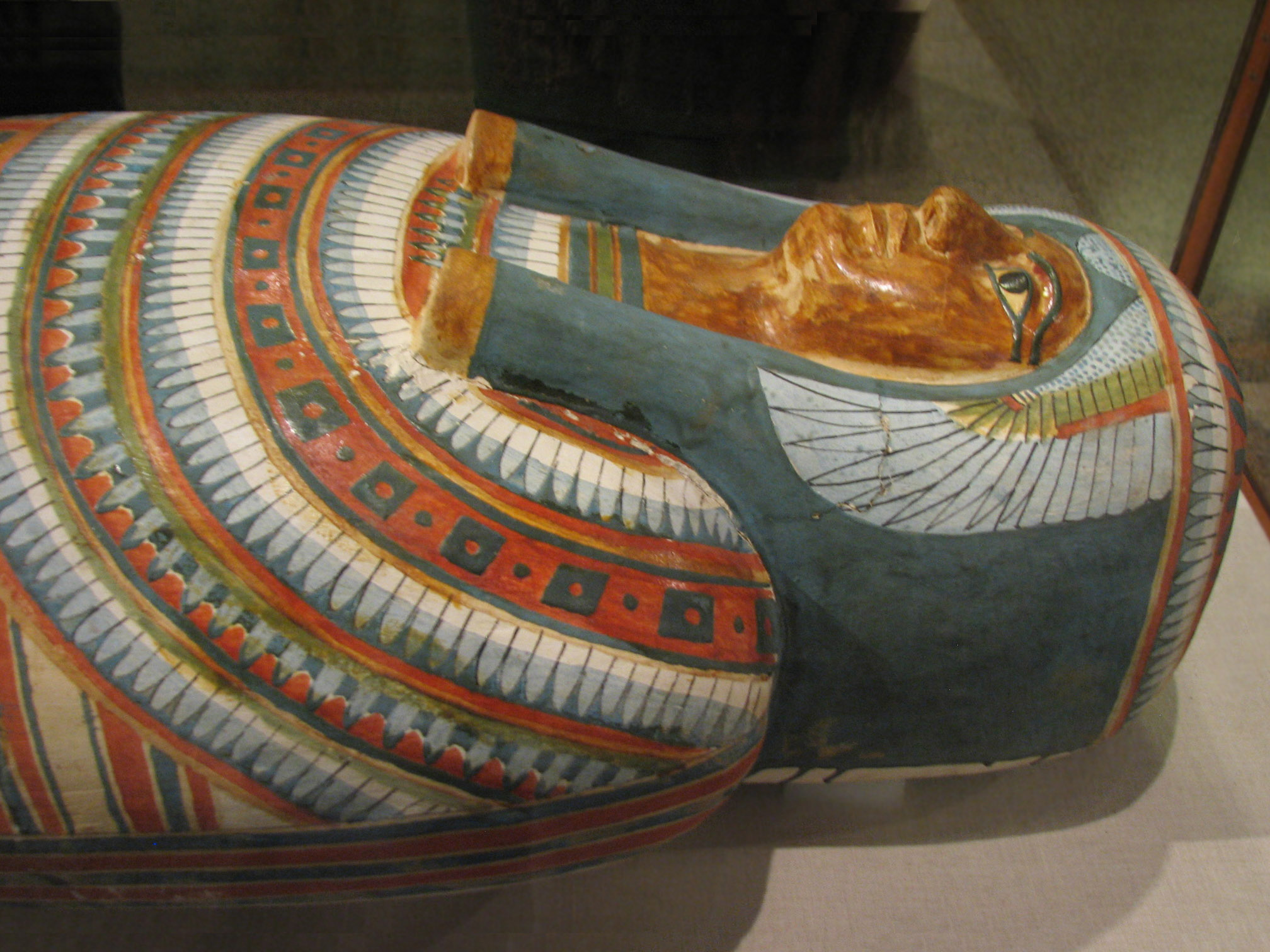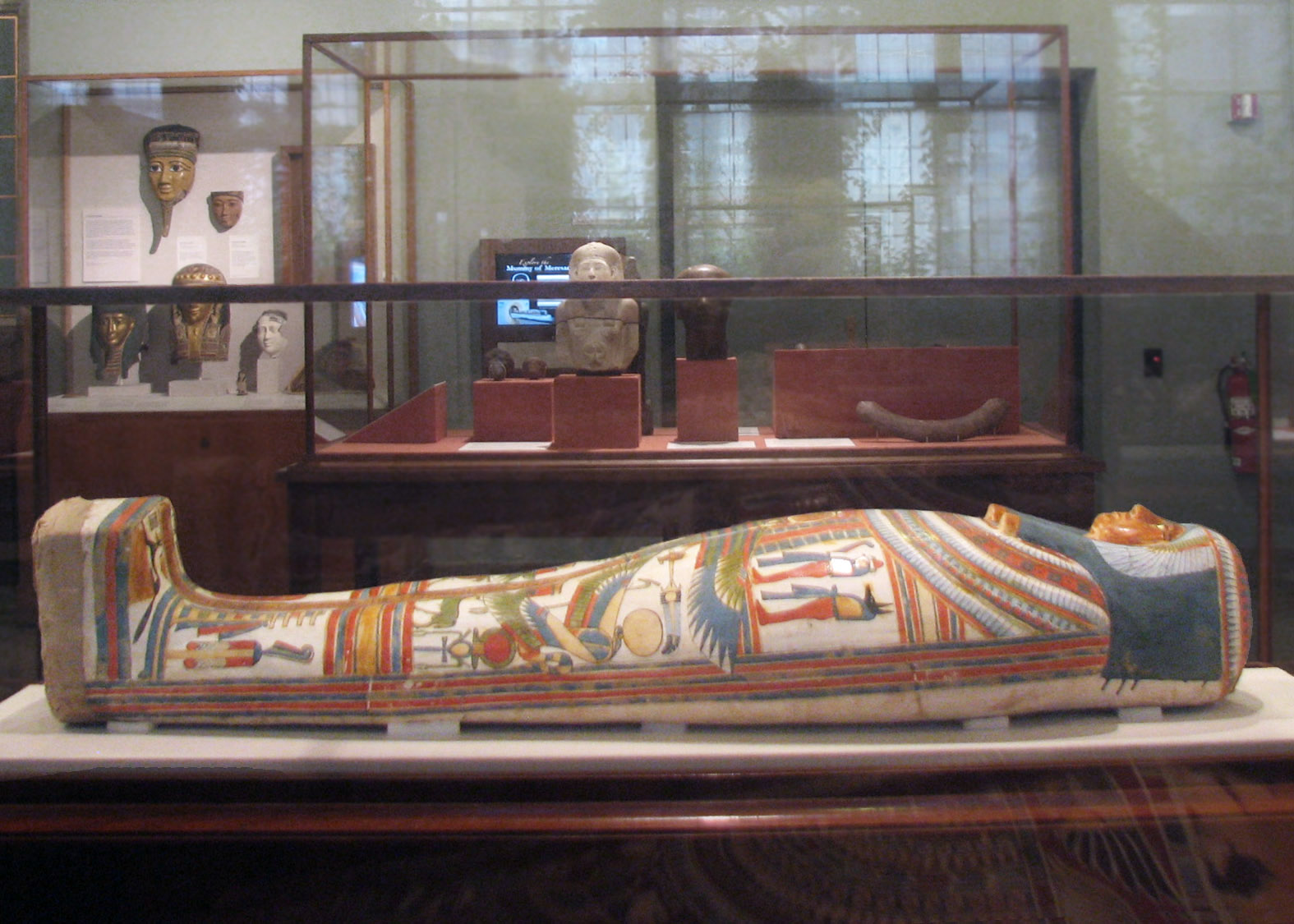
Third Intermediate Period, Dynasty 22, ca. 946-735 BCE
Cartonnage (fabric, glue, plaster), linen, pigment, human remains
H: 62 3/8 in. (160 cm)
Purchased in Egypt, 1919, OIM 10797
Photo ©Joan Ann Lansberry, 2010
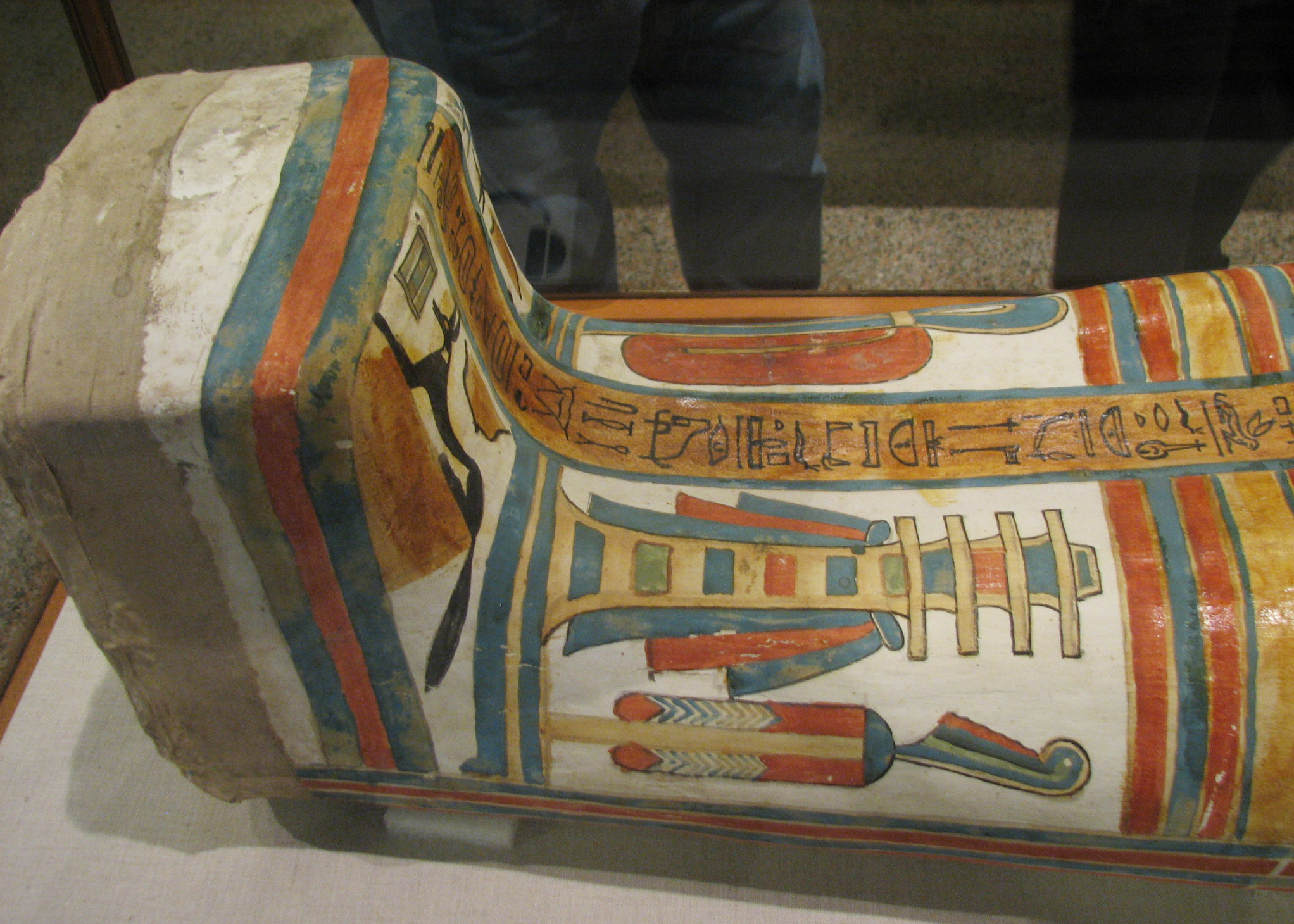
Photo ©Joan Ann Lansberry, 2010

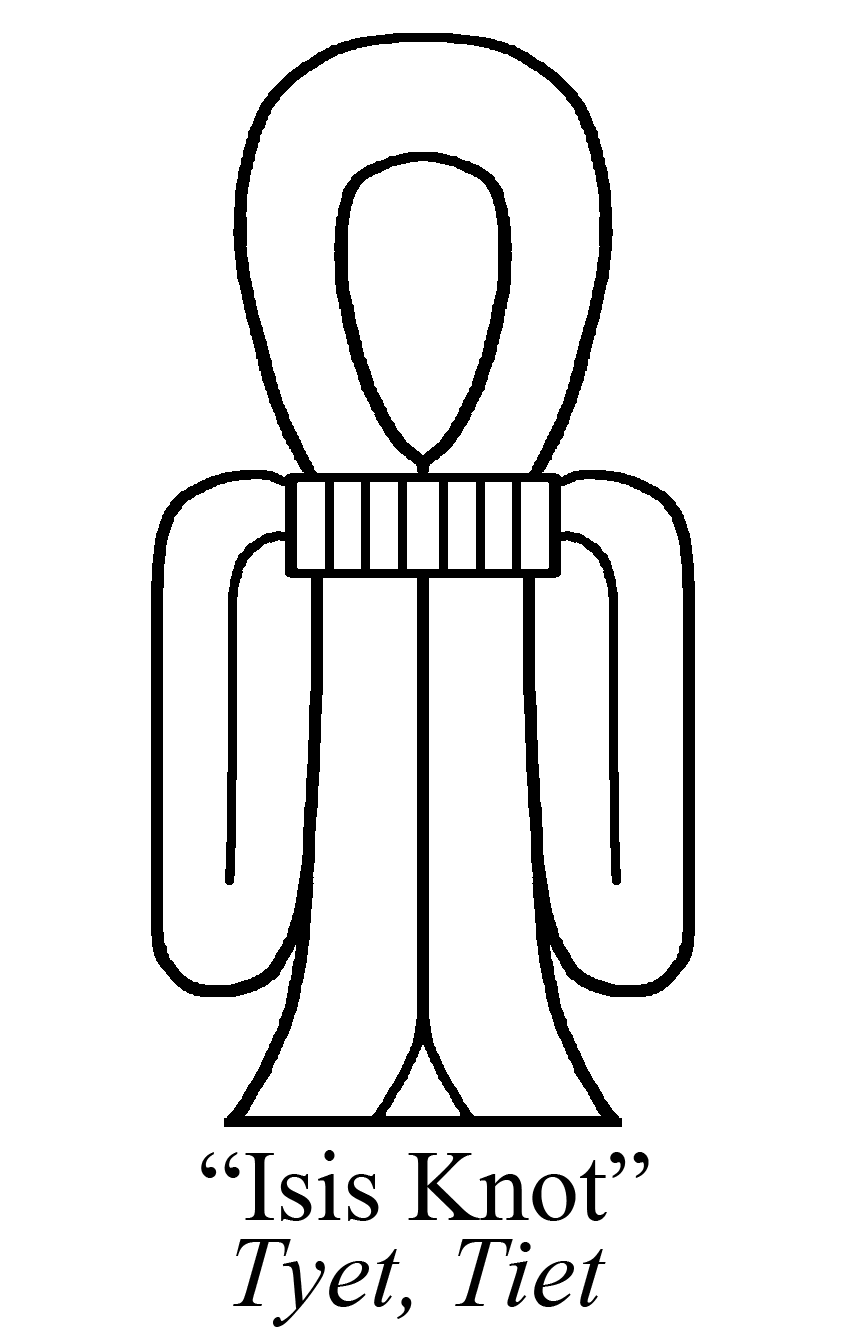
From _Reading Egyptian Art_, Wilkinson, Tyet drawn by me, JAL...
